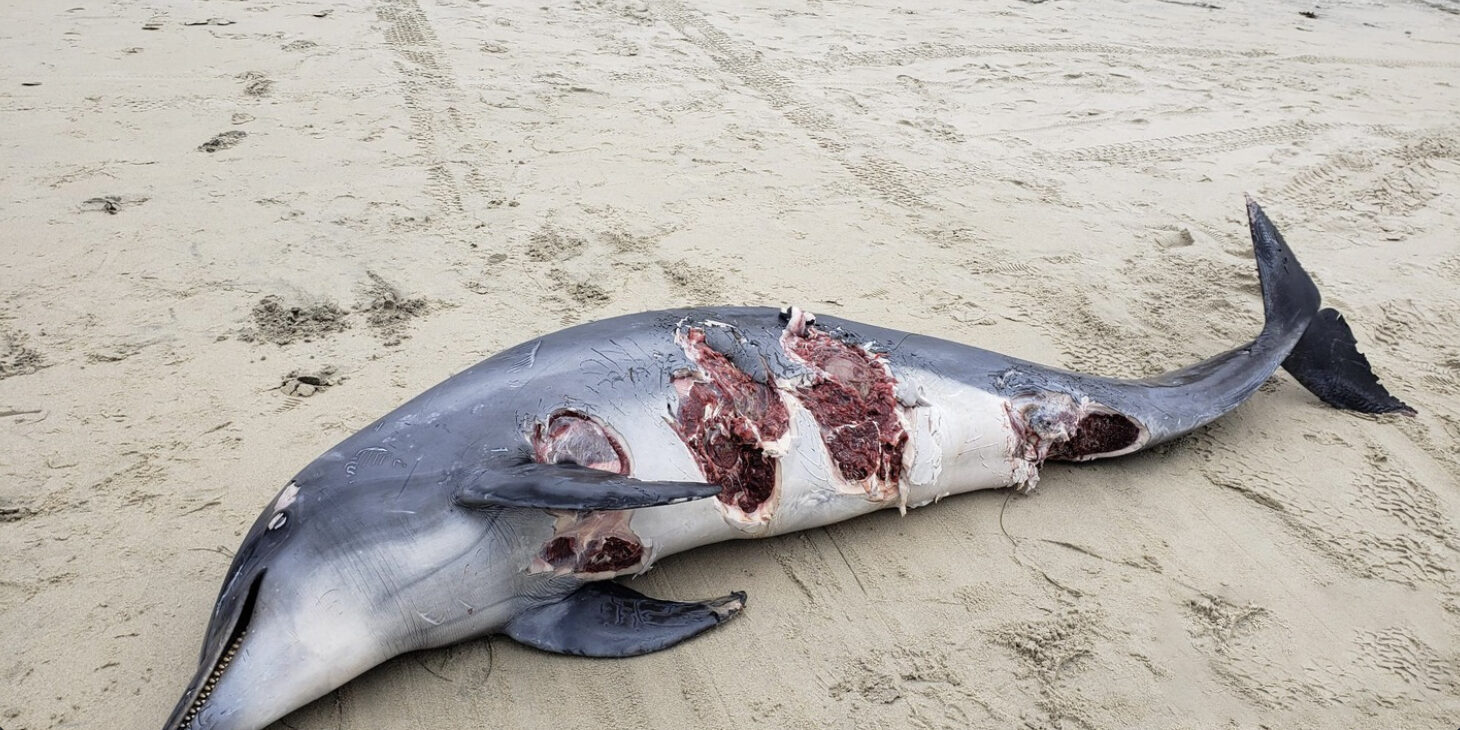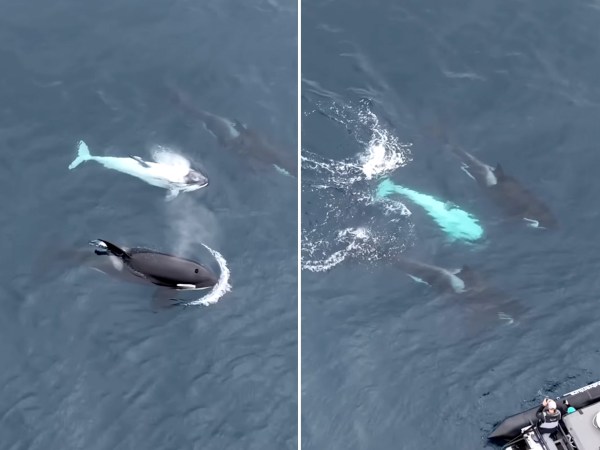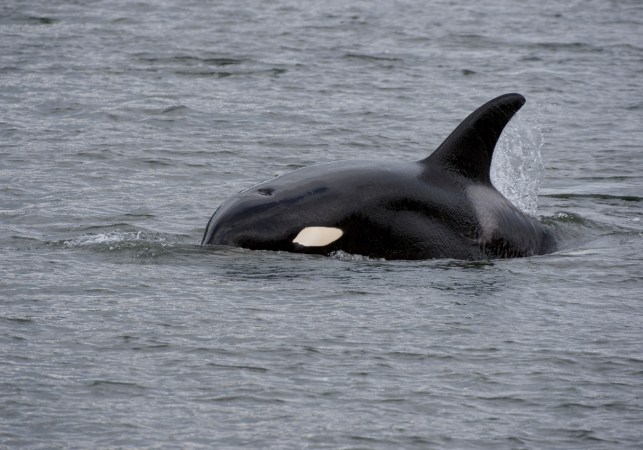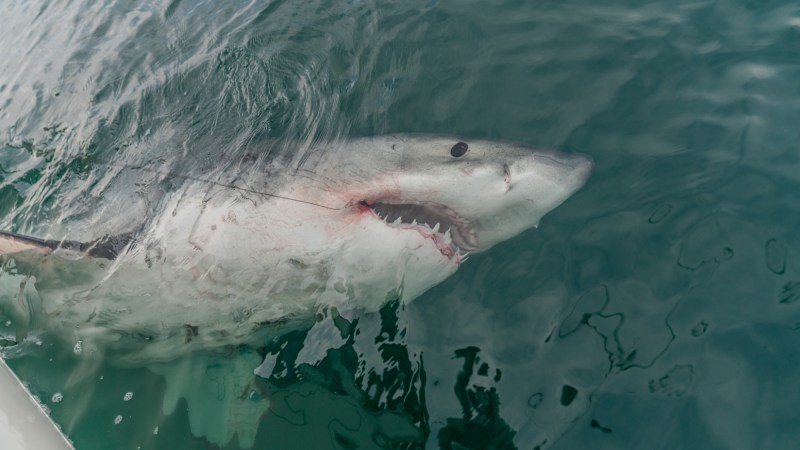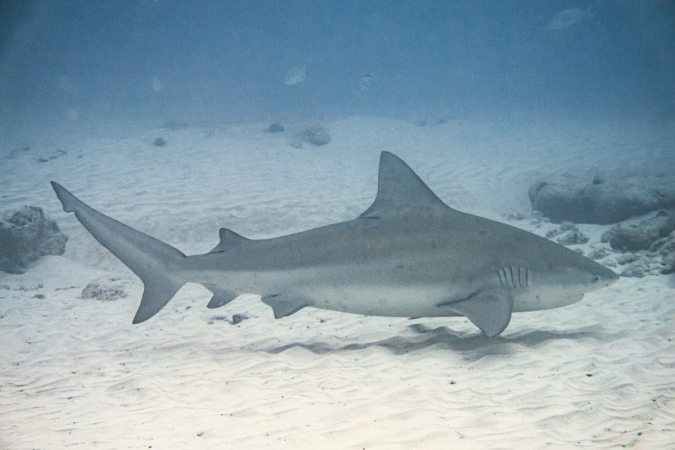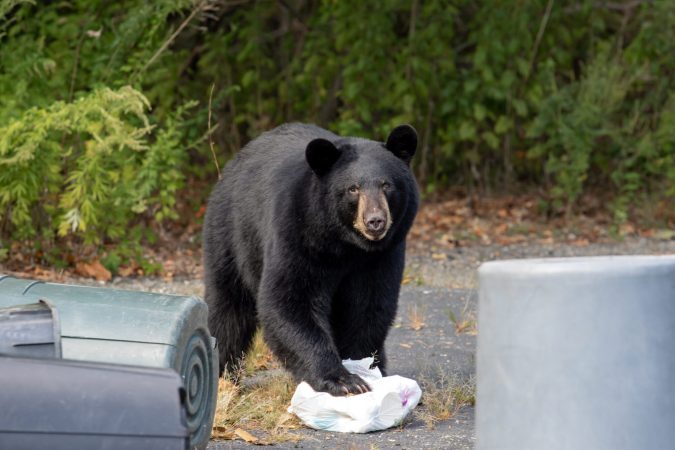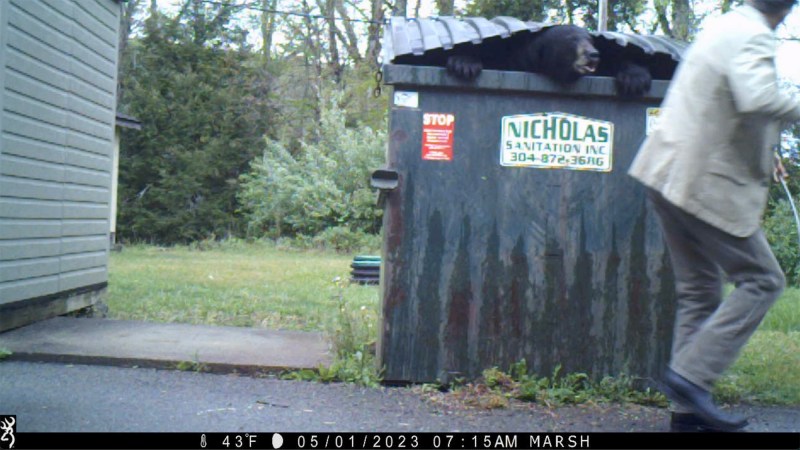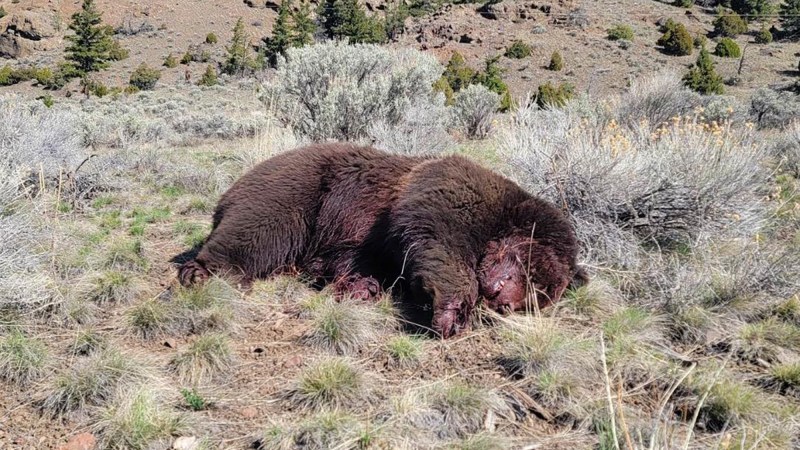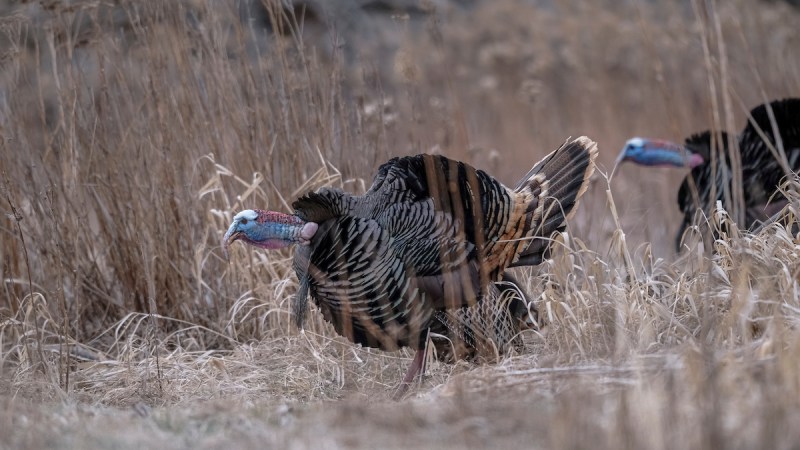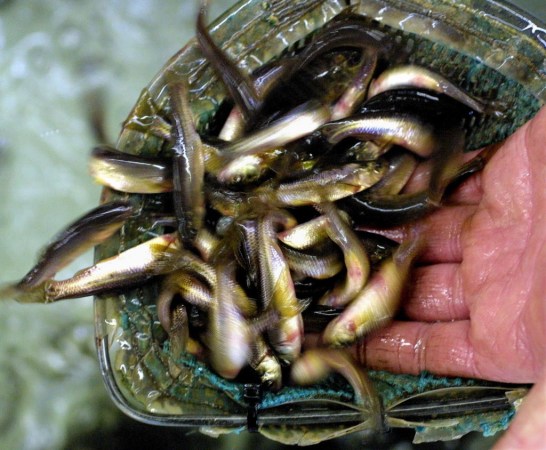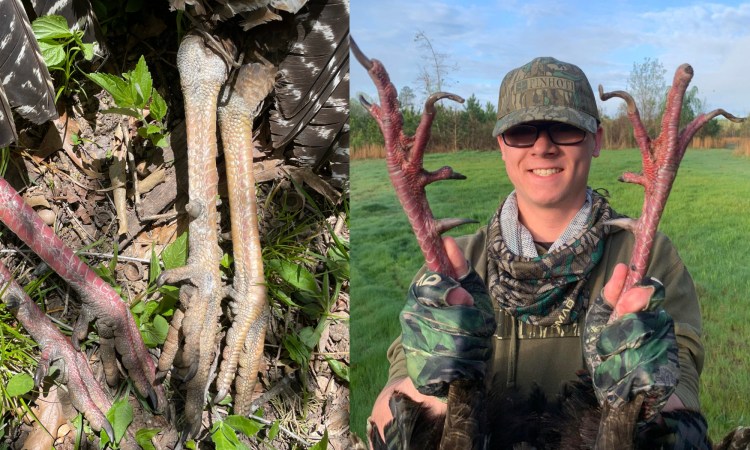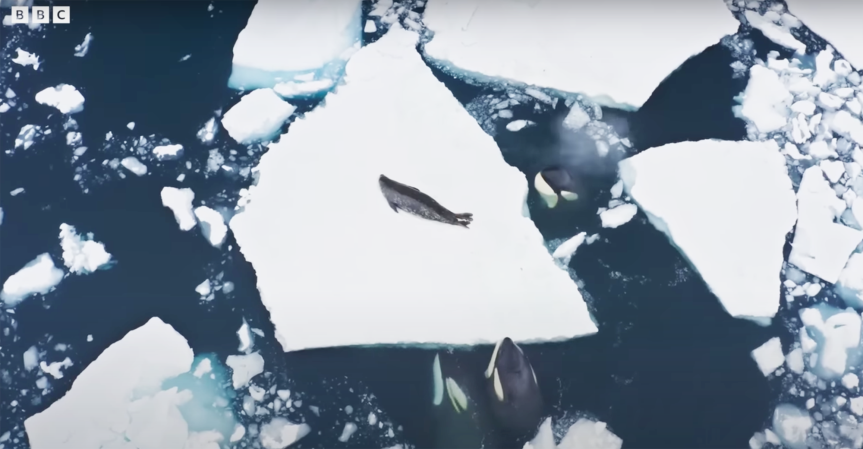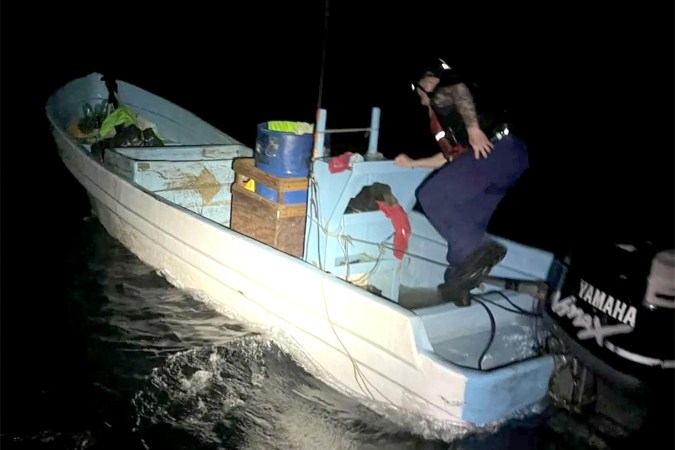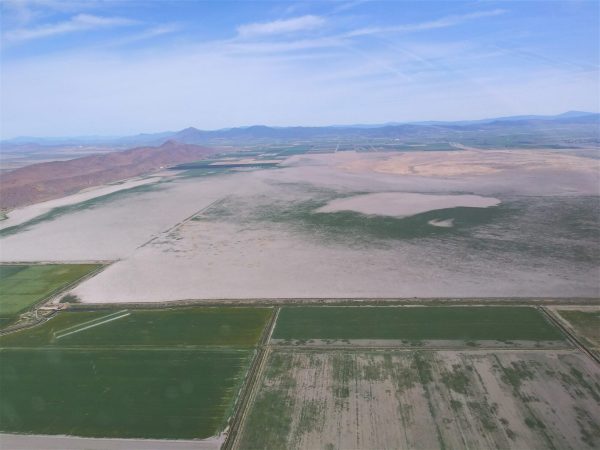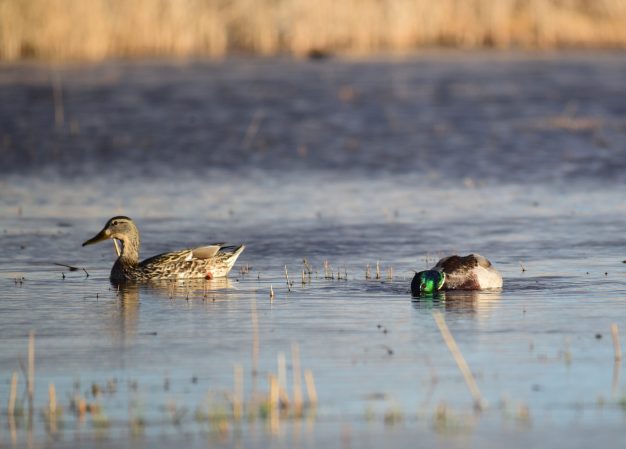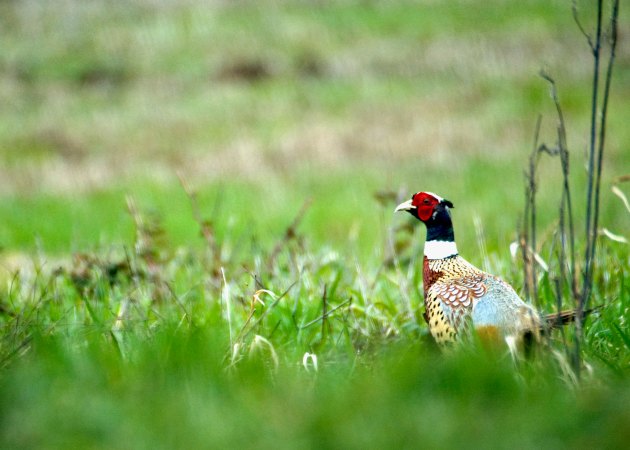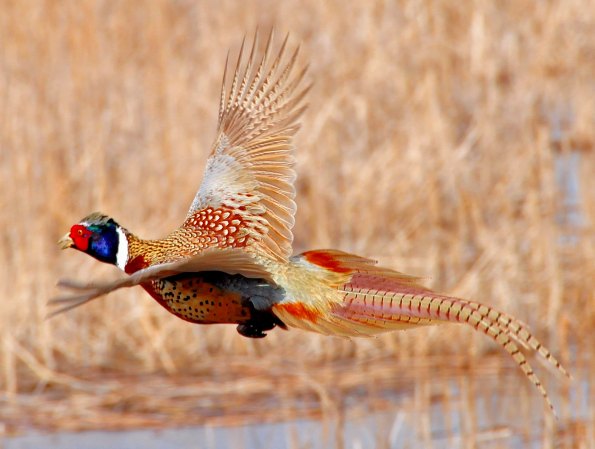A group of beachgoers recorded an uncommon sight at Torrey Pines State Beach near San Diego on Saturday. The video, which was later shared to Facebook, shows a group of great white sharks feeding on a bottlenose dolphin. At least three juvenile great whites can be seen circling and eating the dolphin as it floats belly up in the surf.
“The 9 1/2 foot long dead dolphin washed up on the beach a few minutes later,” state beach officials wrote in the social media post. By that time, lifeguards had put warning signs in the area.
It’s unclear if the great whites had killed the dolphin before the video was filmed, or if they were scavenging when they came across it.
Great white sharks are commonly seen around San Diego, and the sightings of great whites have “increased dramatically at Torrey Pines in recent years.” The state park’s Facebook post pointed out that Saturday’s video was filmed in the same location where a woman was attacked by a shark in November.
The video also supports ongoing research from California State University’s Shark Lab, which shows that great whites spend substantial time at popular tourist beaches between Del Mar and Torrey Pines every year. Researchers have tagged and tracked hundreds of the sharks in the area since 2019. They believe that most of these sharks are juveniles (under nine feet long) that are drawn to the warm, shallow waters in the spring and summertime.
These “aggregations” are explained, in part, by the natural life cycles of great whites. The sharks will typically migrate from warmer water near to deeper offshore waters as they grow, and as their diet changes from stingrays and smaller fish to seals and other large prey.
Read Next: Great White Shark Tales from Cape Cod’s Charter Boat Captains
“Scientists consider Southern California a nursery ground for white sharks,” the California Department of Fish and Wildlife explains on its website. “The juvenile sharks spend significant time in shallow water … As they grow and mature, the sharks move to other areas and colder water, where seals and sea lions are more abundant.”
Great white sharks are classified as a “prohibited species” by NOAA fisheries, which means they can’t be targeted by anglers and must be released if caught by accident. The species also received additional protections at the state level in California earlier this year. New laws that went into effect on Jan. 1 prohibit anglers from using shark bait, shark lures, or shark chum within one nautical mile of any shoreline, pier, or jetty where great whites are known to be present.

